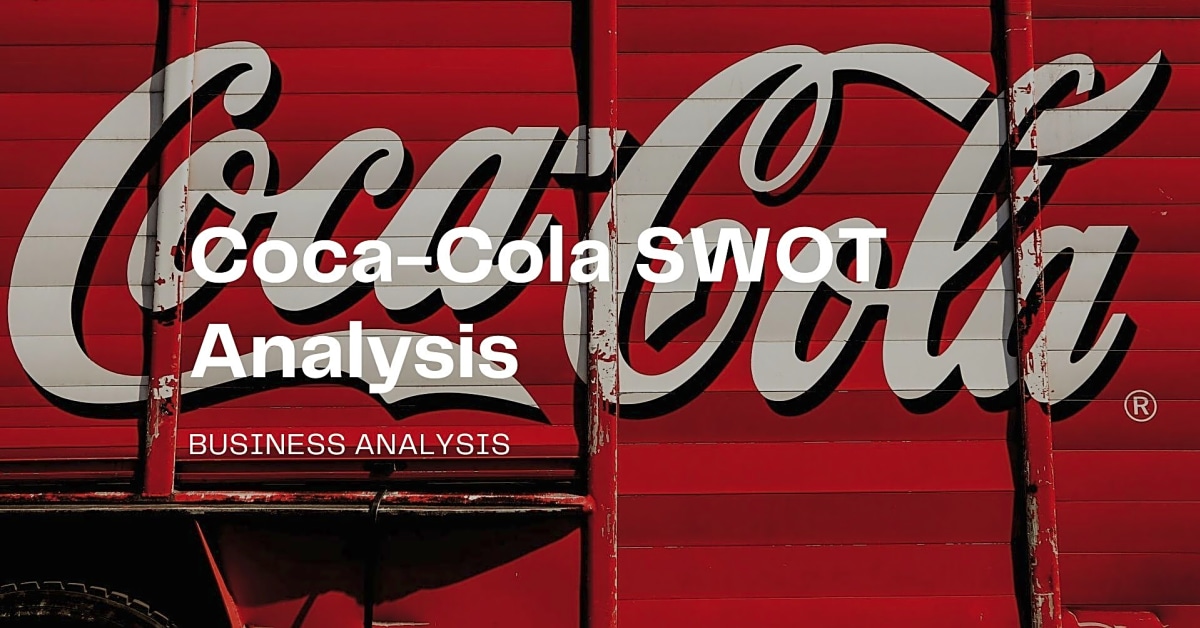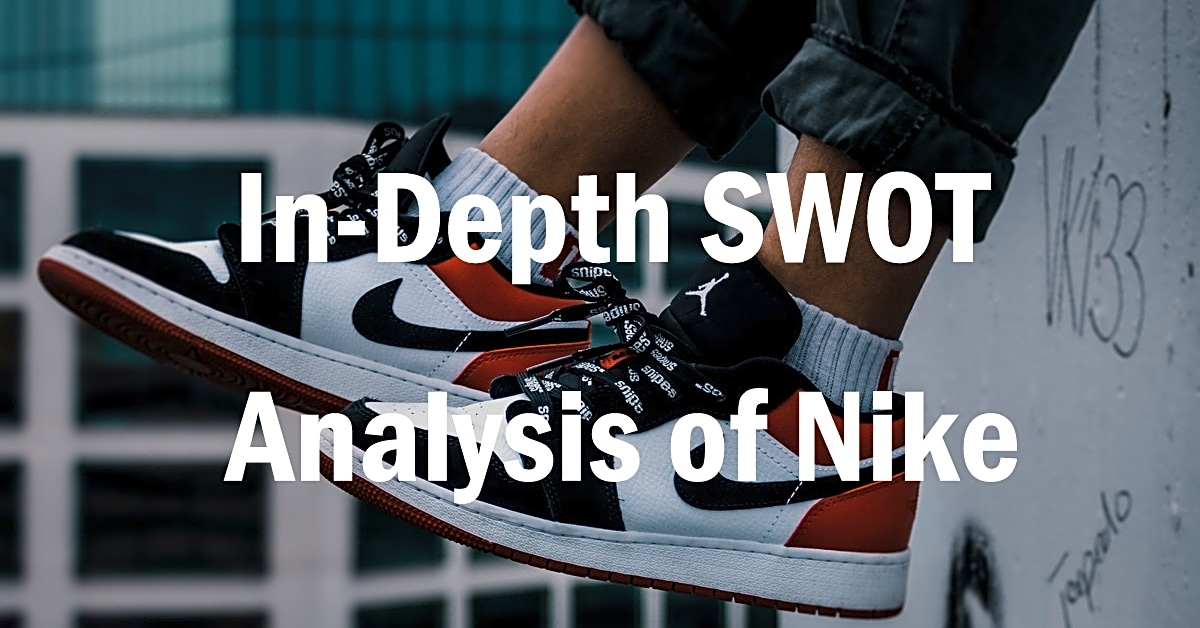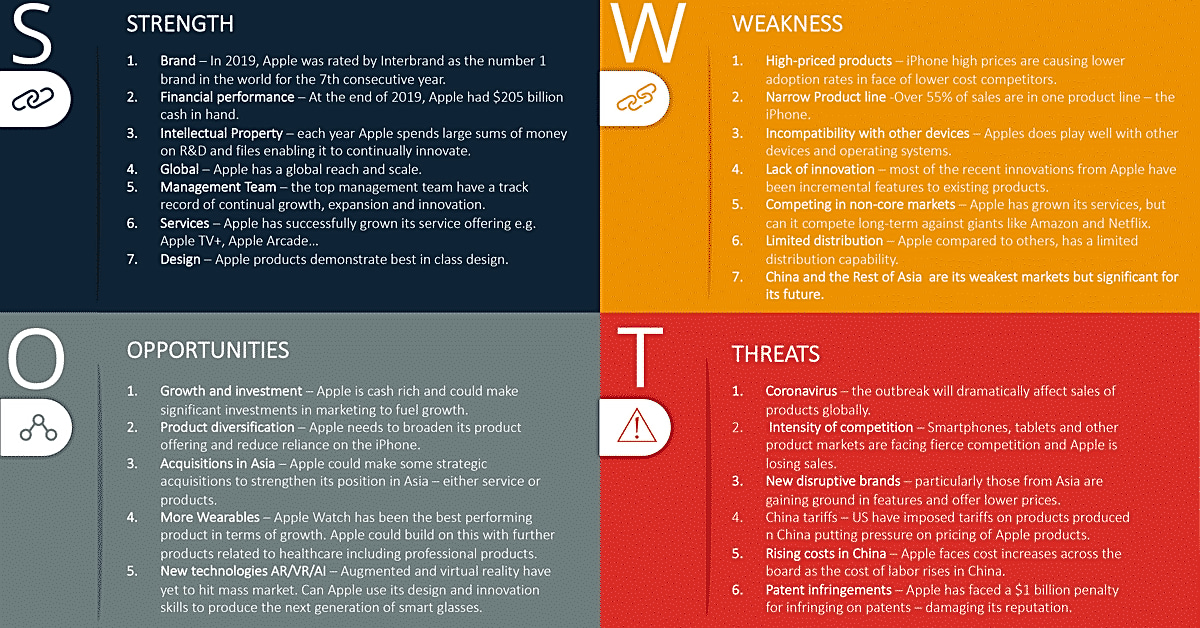When it comes to analyzing a company, one of the most effective tools is a SWOT analysis. This type of analysis allows a company to assess its strengths, weaknesses, opportunities, and threats in order to make strategic decisions and improve overall performance. In this article, we will focus on conducting a comprehensive SWOT analysis for one of the most well-known and iconic brands in the world: Coca-Cola. As we delve into the details of this analysis, we will explore the various aspects of the company’s internal and external environment, uncovering valuable insights and potential areas for improvement. So, if you’re ready to learn how to perform a thorough Coca-Cola SWOT analysis, then read on as we break down the process step by step. Whether you’re a business student looking for real-world examples or a professional seeking to enhance your analytical skills, this article is sure to provide valuable information and practical advice. Get ready to dive into the world of SWOT analysis and discover what makes Coca-Cola such a dominant force in the beverage industry.
To begin our analysis, we’ll first define what a SWOT analysis is and why it is important for businesses. A SWOT analysis is a strategic planning tool used to evaluate the internal and external factors that can impact a company’s performance. It stands for Strengths, Weaknesses, Opportunities, and Threats. This analysis helps businesses identify their competitive advantages, areas of improvement, potential opportunities, and potential risks.
Now let’s apply this tool to Coca-Cola. As one of the world’s most popular beverage companies, Coca-Cola has a strong brand identity and a loyal customer base. However, conducting a SWOT analysis for Coca-Cola can help us gain a deeper understanding of its internal and external factors and how they contribute to its success in the market.
Strengths: One of Coca-Cola’s greatest strengths is its brand recognition. Its iconic red and white branding is instantly recognizable around the world. The company also has a wide range of products, including its signature soda as well as other popular beverages like Sprite, Fanta, and Dasani. Coca-Cola also has an extensive distribution network, allowing it to reach a large global market.
Weaknesses: Despite its strong brand image, Coca-Cola has faced criticism for its high sugar content and negative impact on health. This has led to a shift in consumer preferences towards healthier options, which could be seen as a weakness for the company. Additionally, Coca-Cola’s heavy reliance on carbonated drinks makes it vulnerable to changing consumer trends.
Opportunities: One opportunity for Coca-Cola is to expand its product line to include more healthy options and diversify its offerings. This could help the company appeal to a wider demographic and adapt to changing consumer preferences. Another opportunity for Coca-Cola is to expand its presence in emerging markets, where there is a growing demand for beverages.
Threats: Coca-Cola faces intense competition from other beverage companies, as well as the threat of new entrants in the market. The company also has to navigate various regulations and taxes on sugary drinks in different countries. Additionally, changing consumer attitudes towards health and wellness could pose a threat to Coca-Cola’s traditional products.
There are several templates and frameworks that can be used to conduct a SWOT analysis for Coca-Cola. One popular method is the 2×2 matrix, where strengths and weaknesses are listed in one quadrant and opportunities and threats in another. Another approach is the TOWS matrix, which helps identify strategies that can leverage strengths and opportunities or mitigate weaknesses and threats.
By conducting a comprehensive SWOT analysis for Coca-Cola, businesses can gain valuable insights into the company’s performance and use this information to make strategic decisions. It is an essential tool for any organization looking to stay competitive in the market.
Understanding SWOT Analysis
A SWOT analysis is a strategic planning tool that stands for Strengths, Weaknesses, Opportunities, and Threats. It is used to evaluate the internal and external factors that can impact a company’s performance. By analyzing these four areas, we can gain a better understanding of the company’s current position in the market and identify areas for improvement.
Conducting a SWOT analysis for Coca-Cola is crucial in order to assess its strengths, weaknesses, opportunities, and threats. This will provide valuable insights into the company’s performance and help in making informed decisions for its future.
Conducting a SWOT Analysis for Coca-Cola
When conducting a SWOT analysis for Coca-Cola, it is important to consider both the internal and external factors that can impact the brand’s performance in the market. Here are some examples of Coca-Cola’s strengths, weaknesses, opportunities, and threats.
Strengths: As one of the most recognizable brands in the world, Coca-Cola has a strong brand image and a loyal customer base. The company also has a wide distribution network and a strong global presence.
Weaknesses: One of Coca-Cola’s weaknesses is its dependence on carbonated beverages, which have been facing declining sales in recent years. The company also faces criticism for its high sugar content and environmental impact.
Opportunities: With increasing health consciousness among consumers, Coca-Cola has an opportunity to expand its portfolio to include healthier options and tap into new markets. The company can also leverage its strong brand image to enter into strategic partnerships and collaborations.
Threats: Coca-Cola faces fierce competition from other beverage companies, as well as changing consumer preferences and regulations around sugar consumption. The company also faces potential backlash for its use of plastic packaging and environmental concerns.
Tools and Frameworks for SWOT Analysis
When conducting a SWOT analysis, it is important to have the right tools and frameworks in place to ensure a comprehensive and accurate evaluation of the company’s strengths, weaknesses, opportunities, and threats. These tools and frameworks can provide a structured approach to organizing and analyzing the data gathered during the analysis, making it easier to identify key insights and develop actionable strategies.
One popular template for conducting a SWOT analysis is the four-quadrant matrix, which divides the analysis into four sections: strengths, weaknesses, opportunities, and threats. This simple yet effective framework allows for a visual representation of the company’s internal and external factors, making it easier to identify patterns and connections between them.
Another useful tool for conducting a SWOT analysis is the PESTEL framework, which stands for Political, Economic, Sociocultural, Technological, Environmental, and Legal factors. This framework helps to identify external factors that may impact the company’s performance, such as changes in government regulations, shifts in consumer behavior, or advancements in technology.
In addition to these templates and frameworks, there are also various SWOT analysis software and online tools available that can help streamline the process and provide additional insights. These tools often come with pre-designed templates and customizable features that allow for a more tailored and detailed analysis of the company.
Ultimately, the choice of tools and frameworks will depend on the specific needs and goals of the analysis. It is important to select ones that best fit your objectives and provide a clear and comprehensive understanding of the company’s position in the market.
In conclusion, a SWOT analysis is an essential tool for businesses looking to gain insights into their internal and external factors. By conducting a thorough analysis of Coca-Cola’s strengths, weaknesses, opportunities, and threats, we can better understand how this global brand continues to thrive in the highly competitive beverage industry. So next time you enjoy a refreshing Coca-Cola, remember the strategic planning and analysis that goes into making this brand a success.


